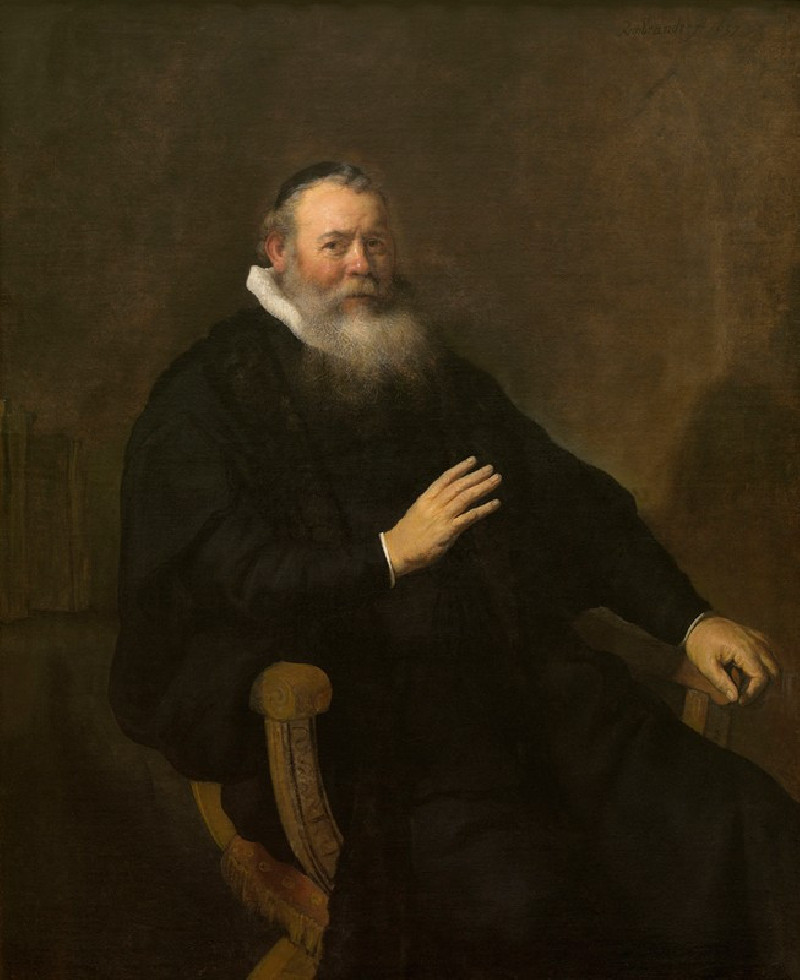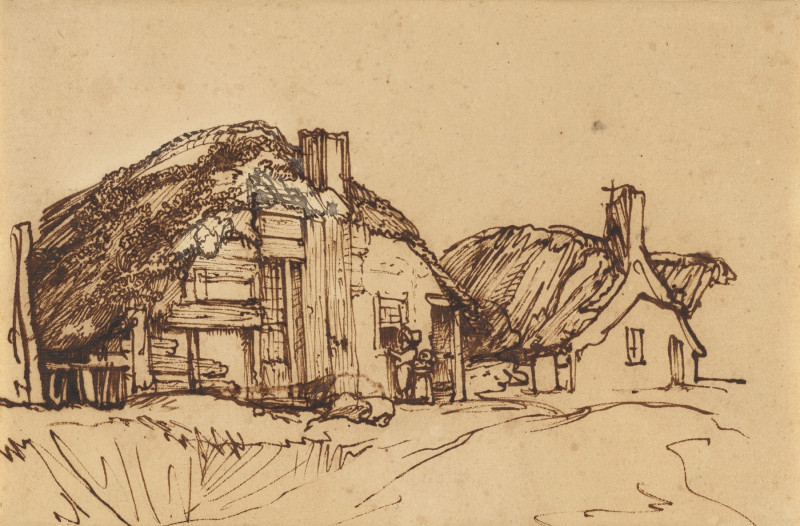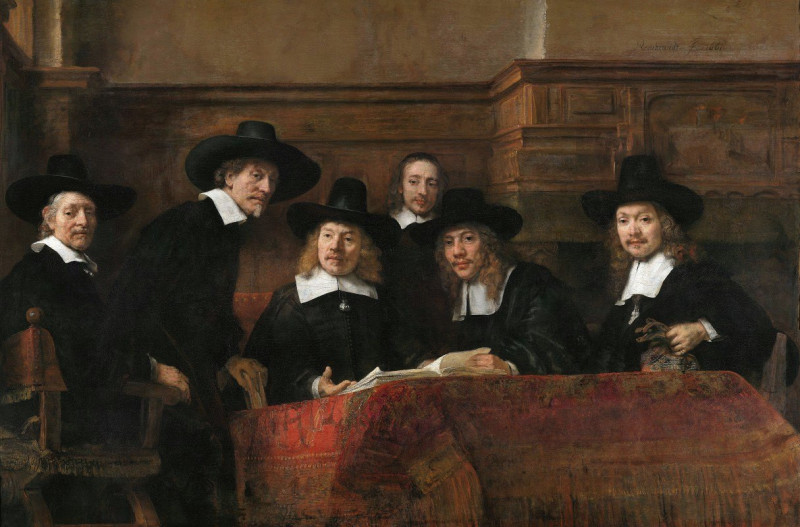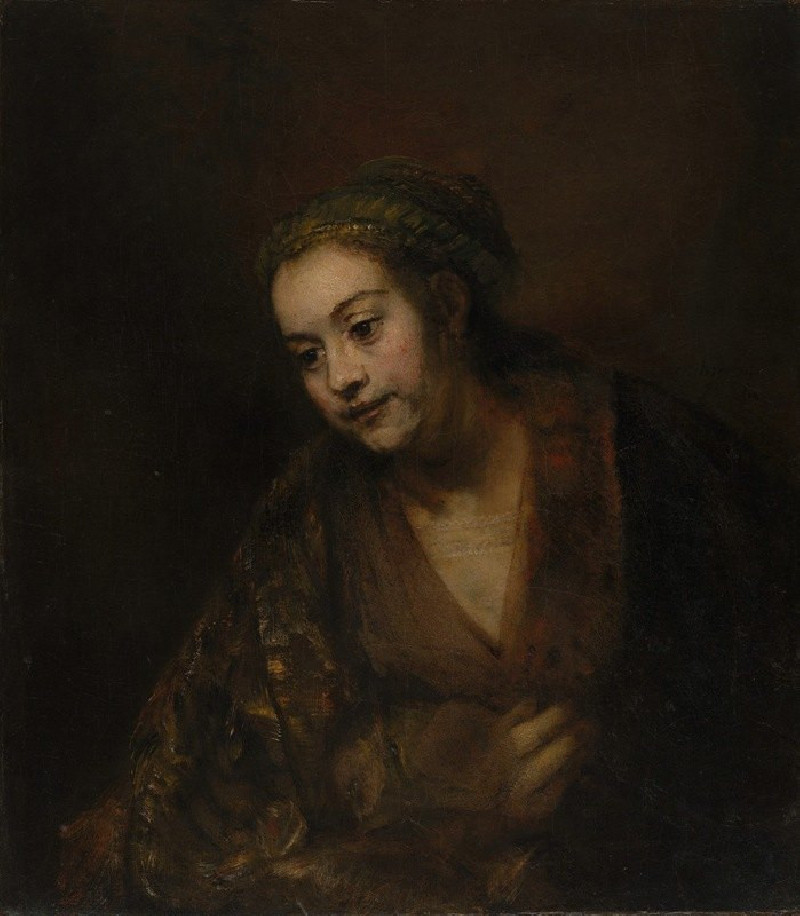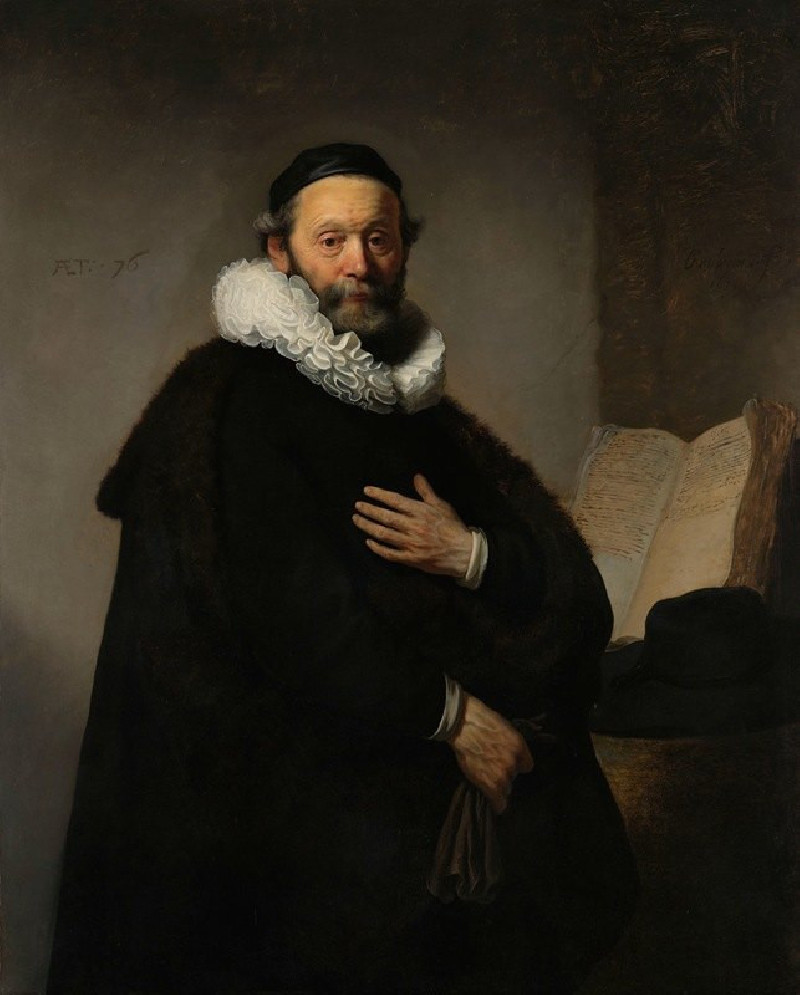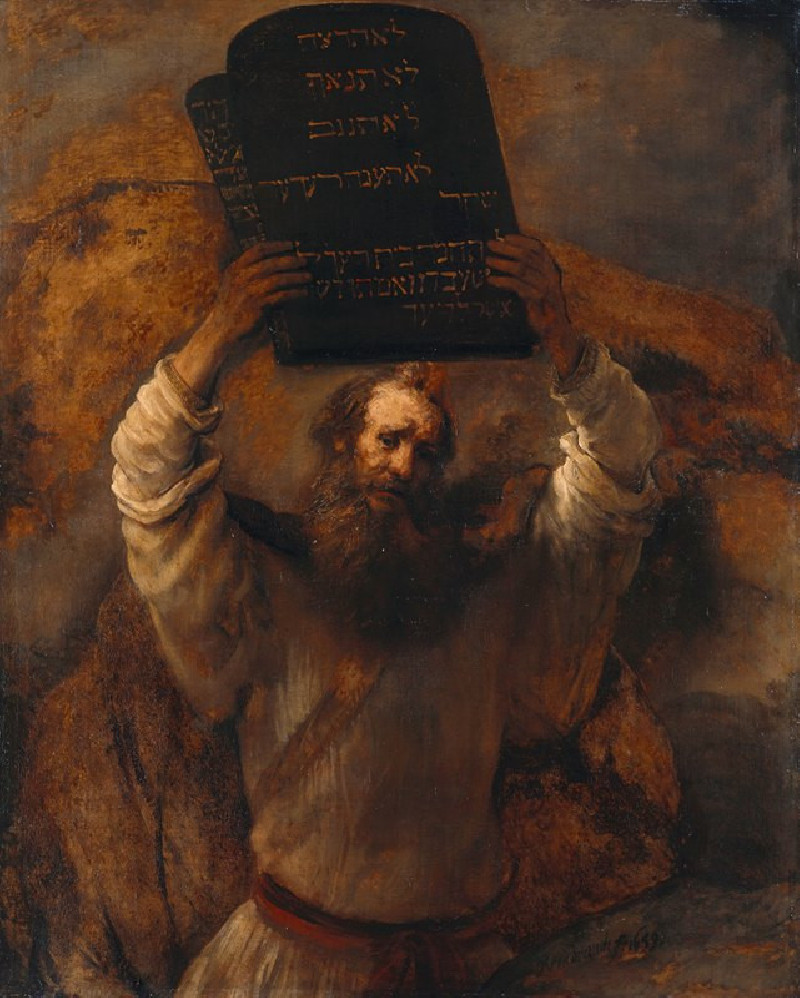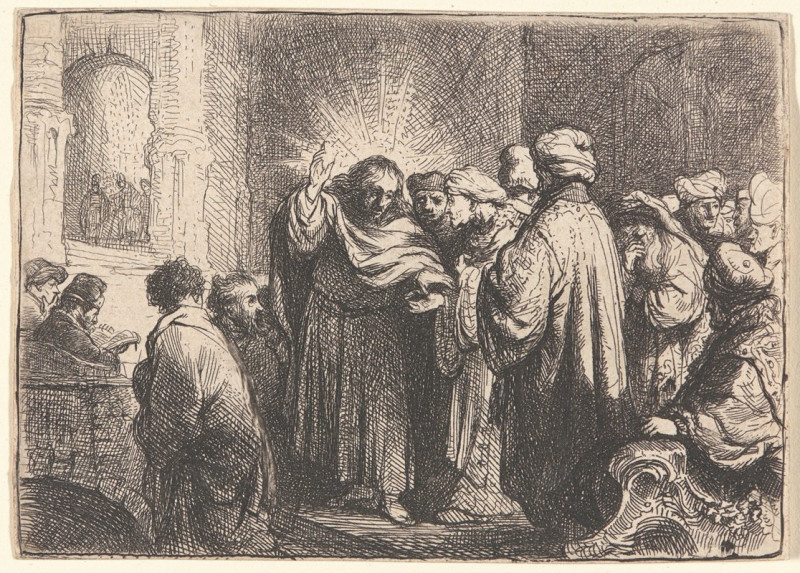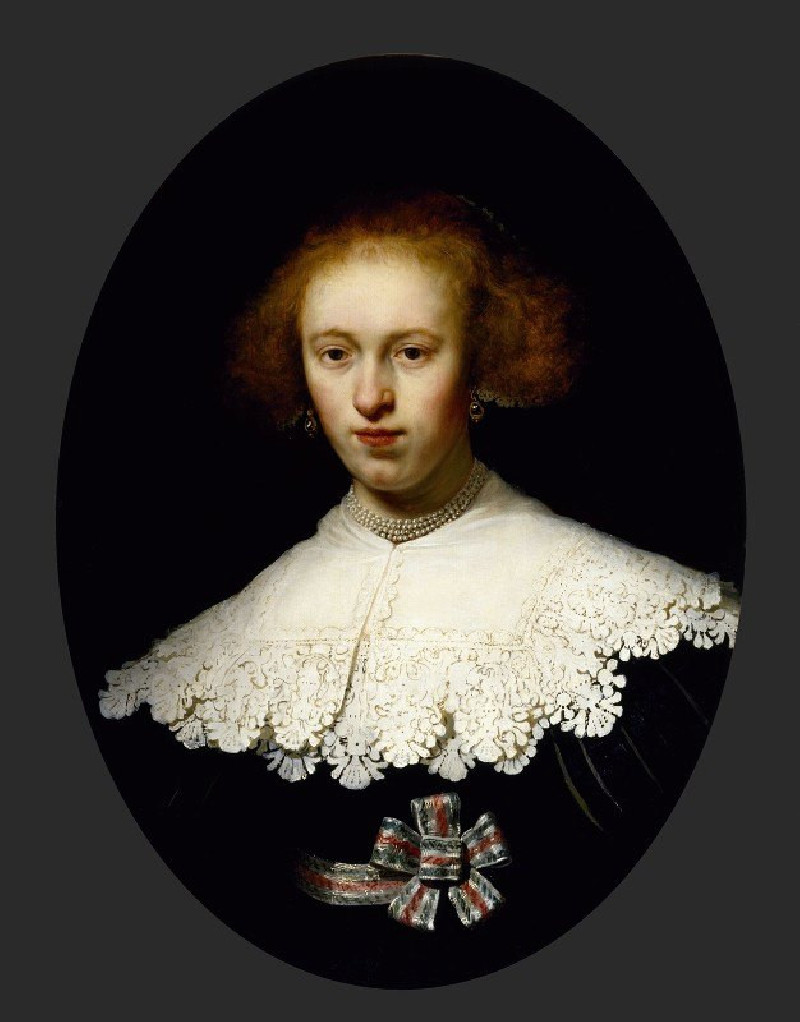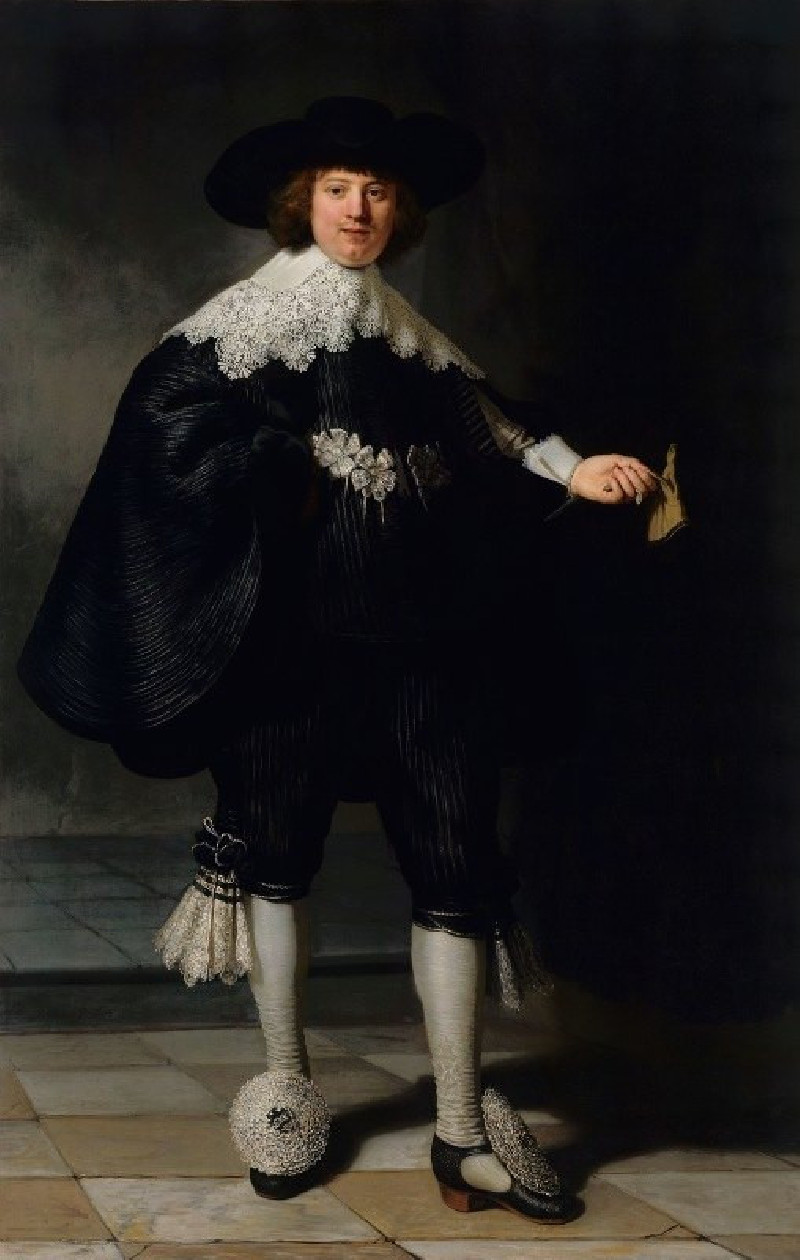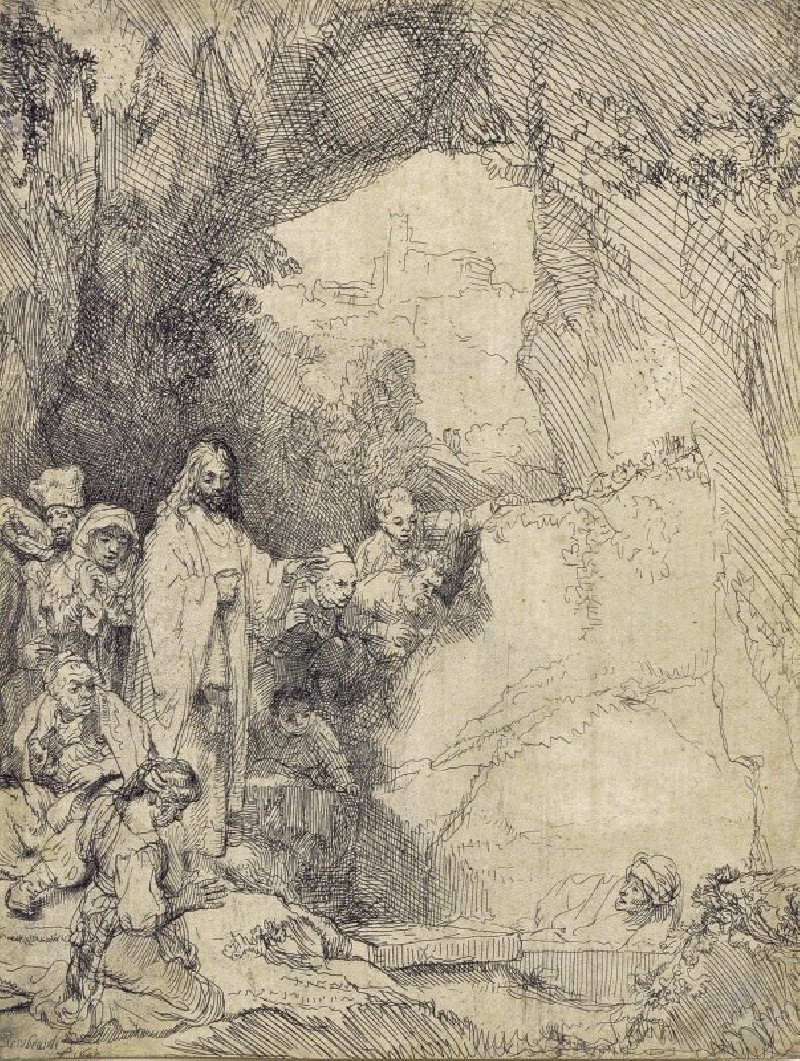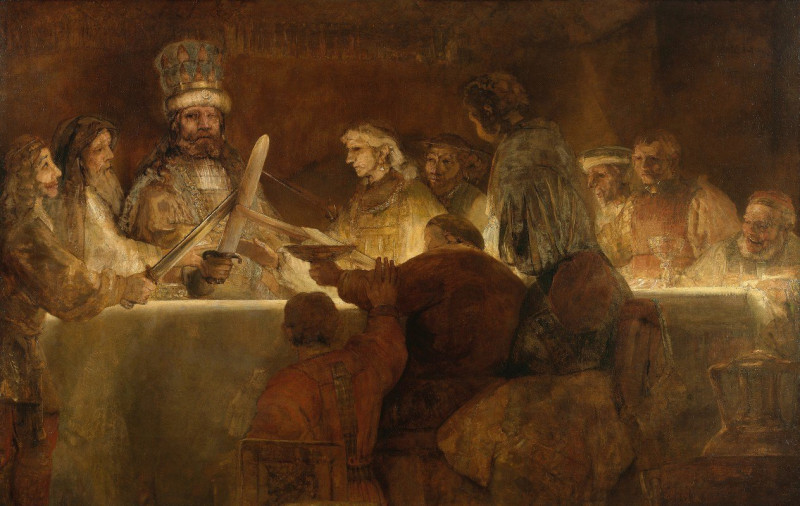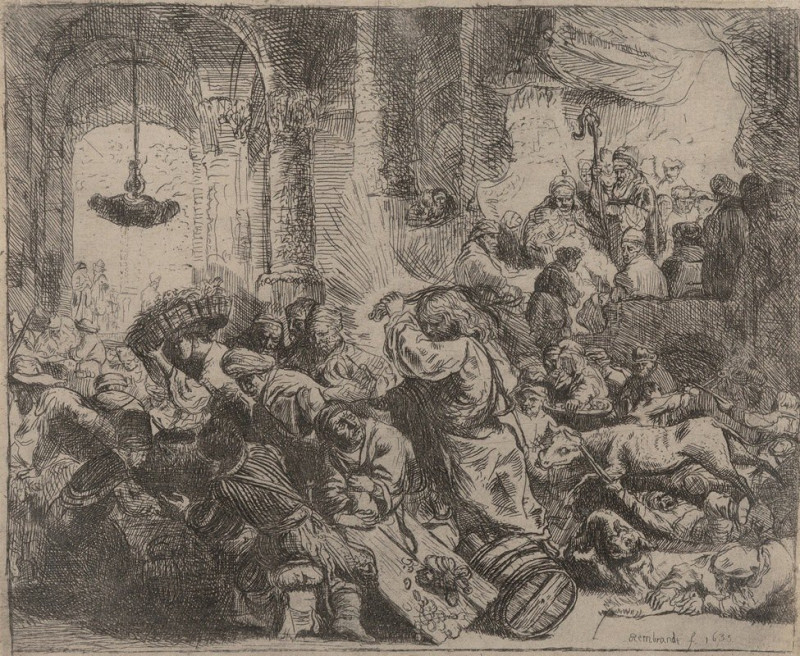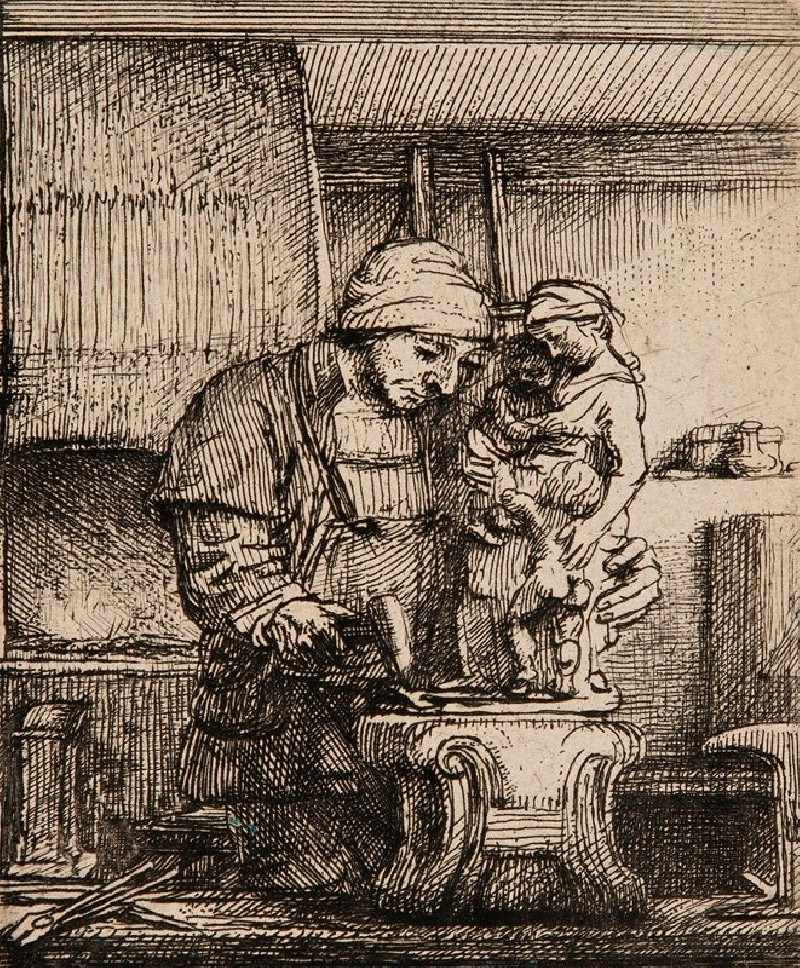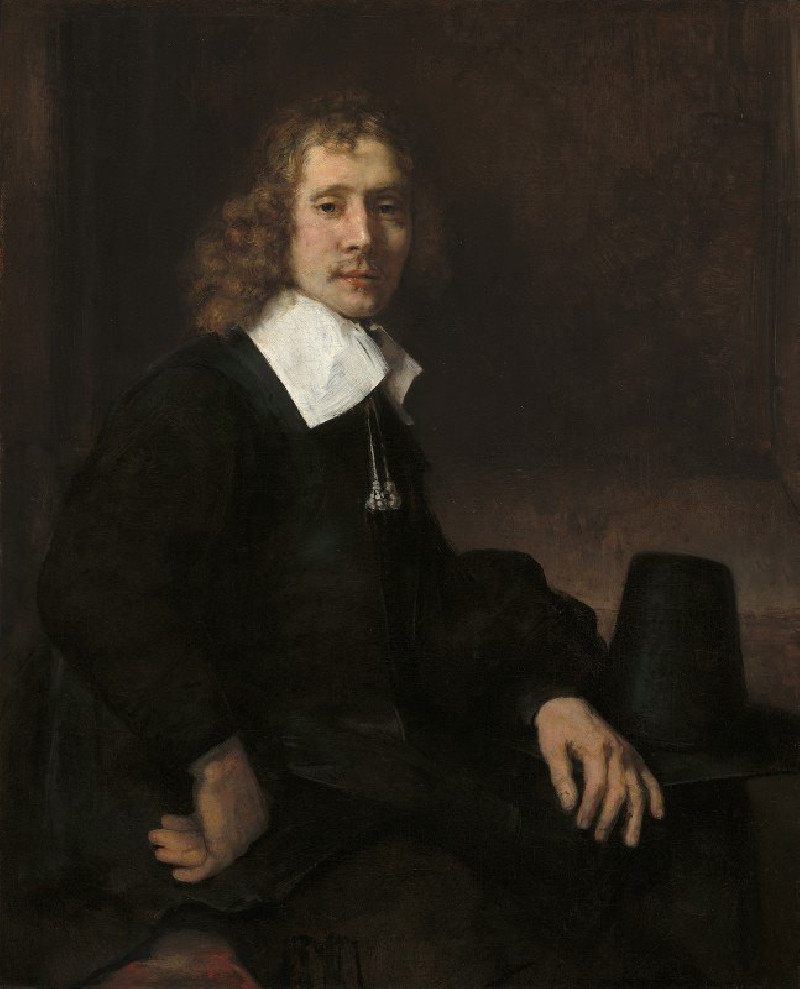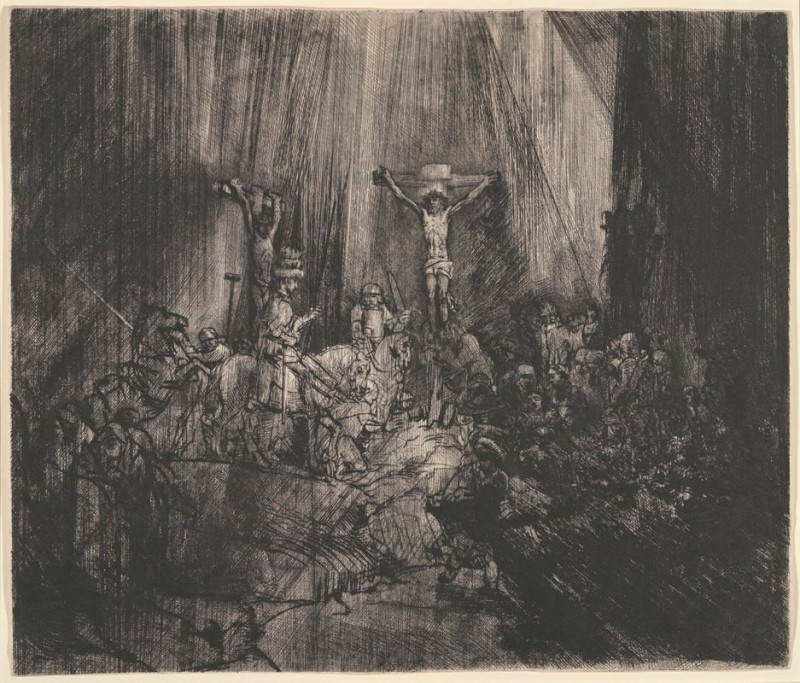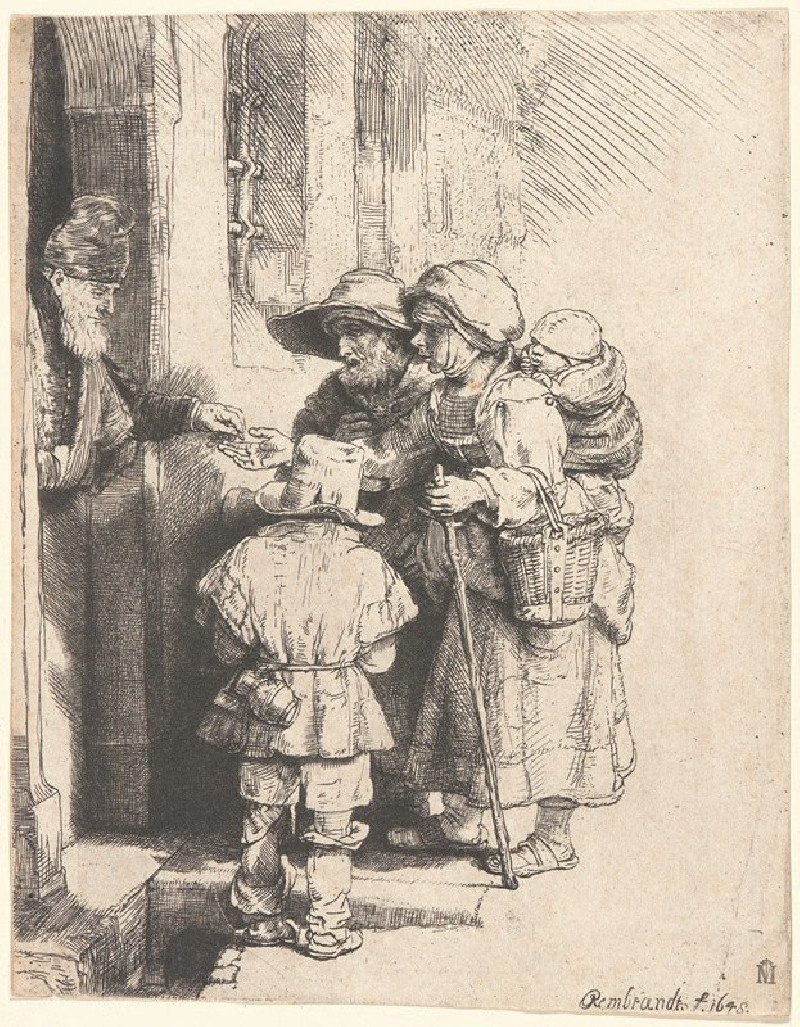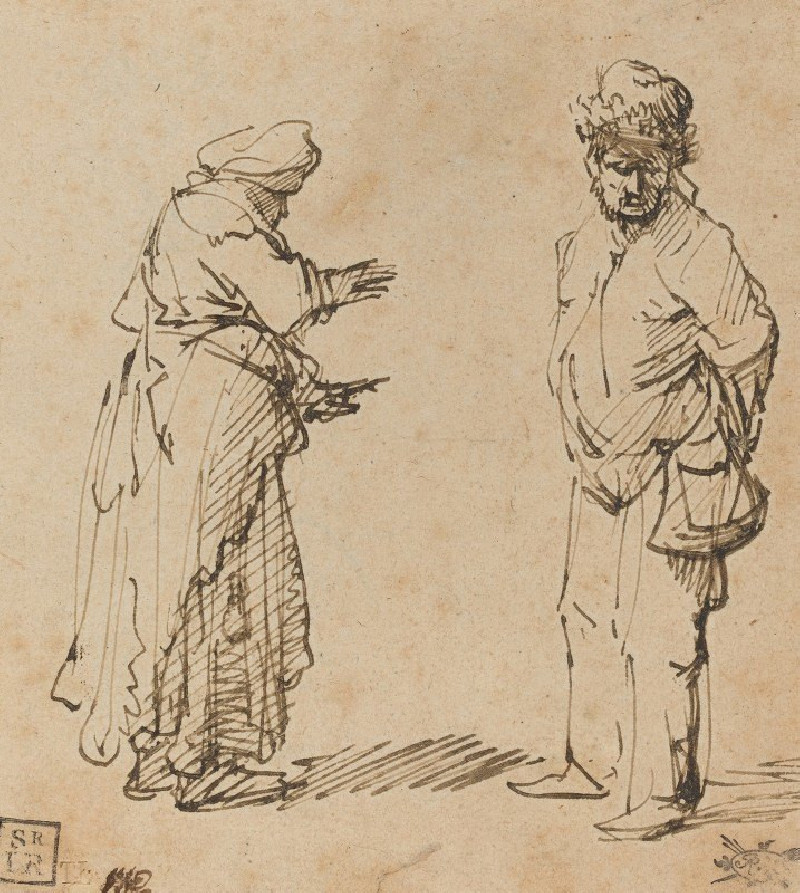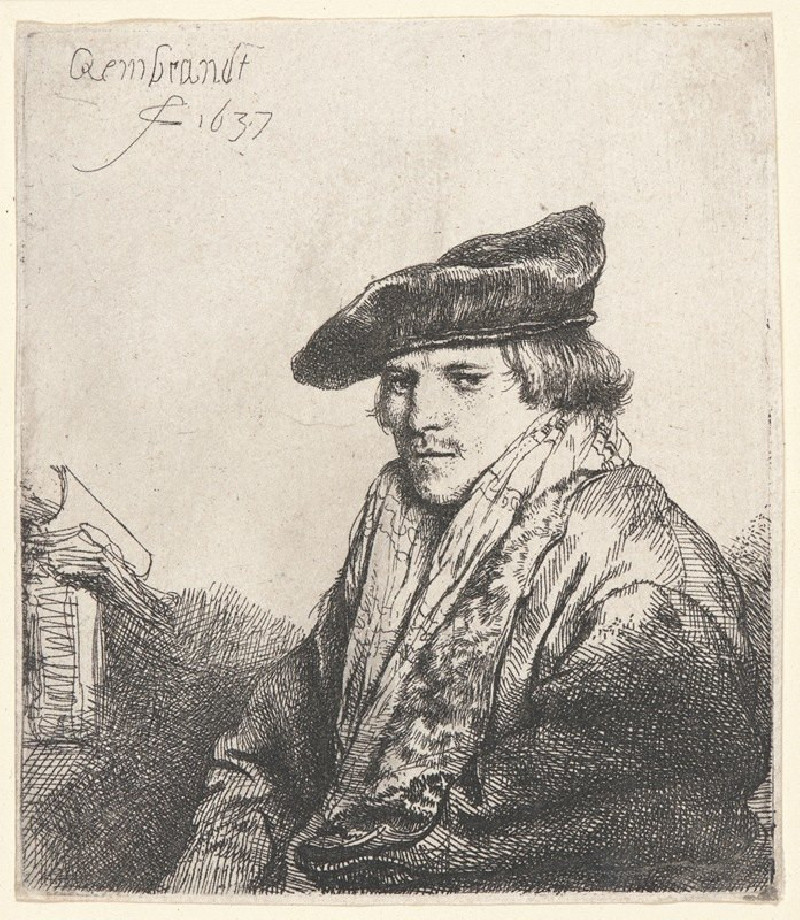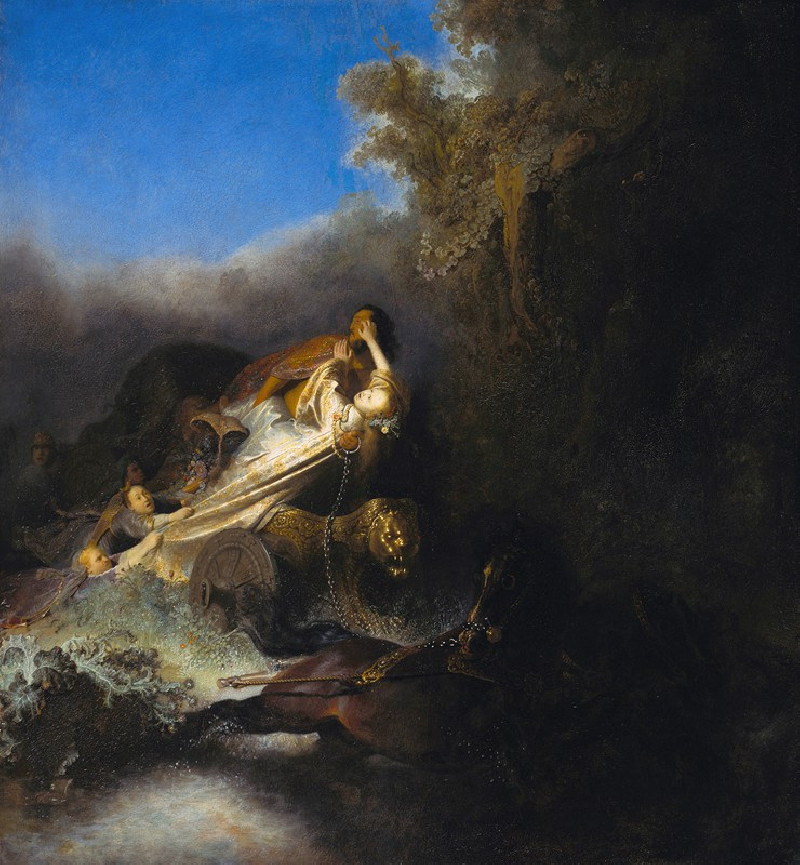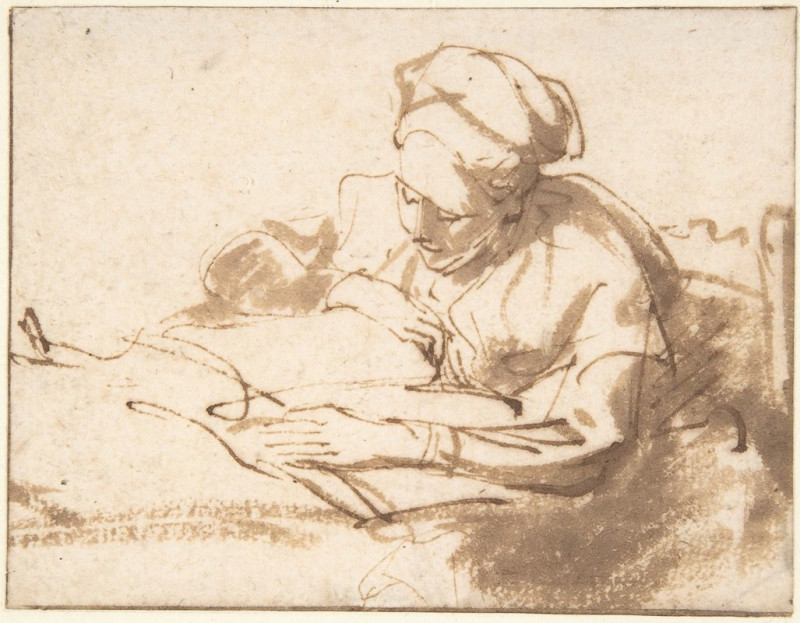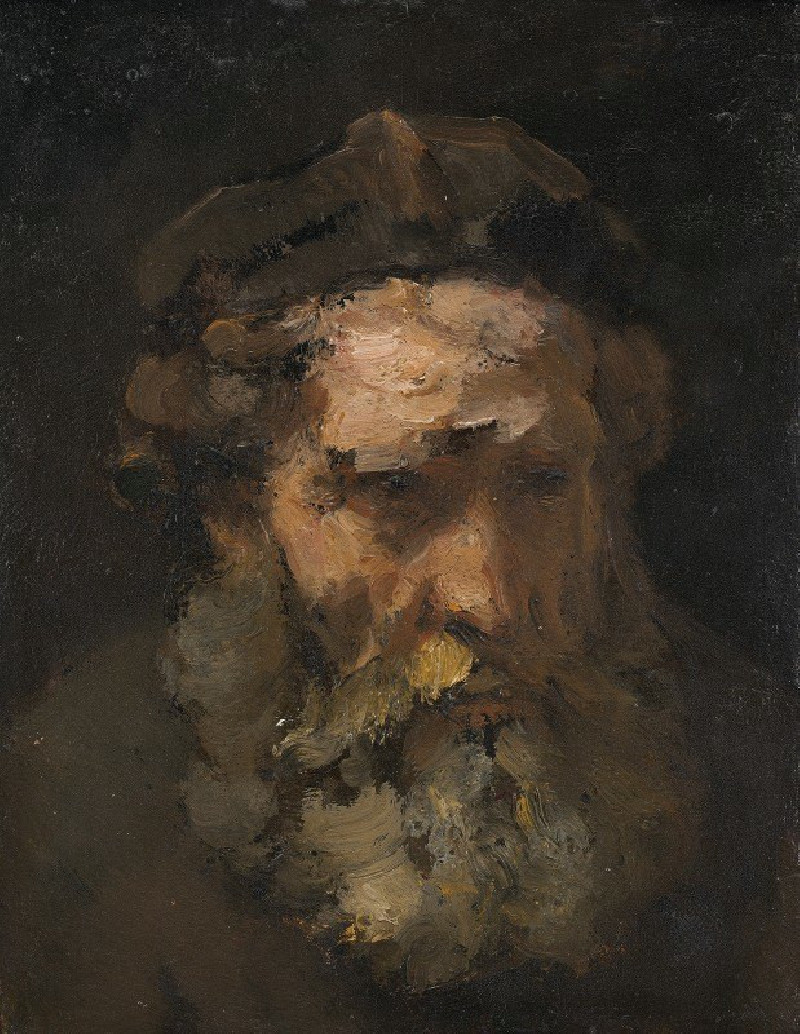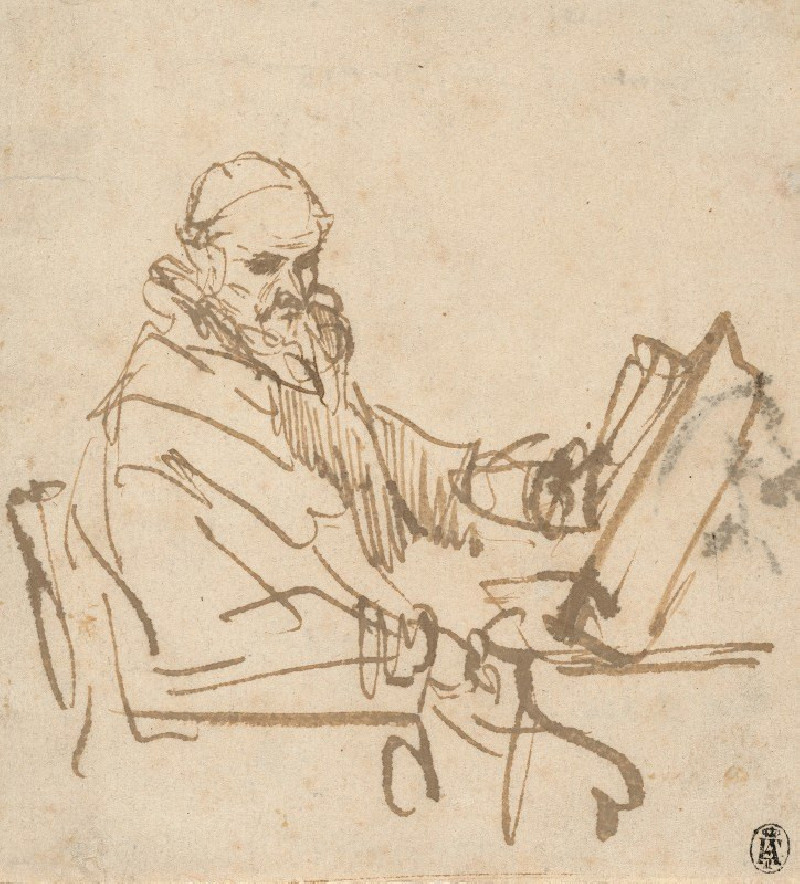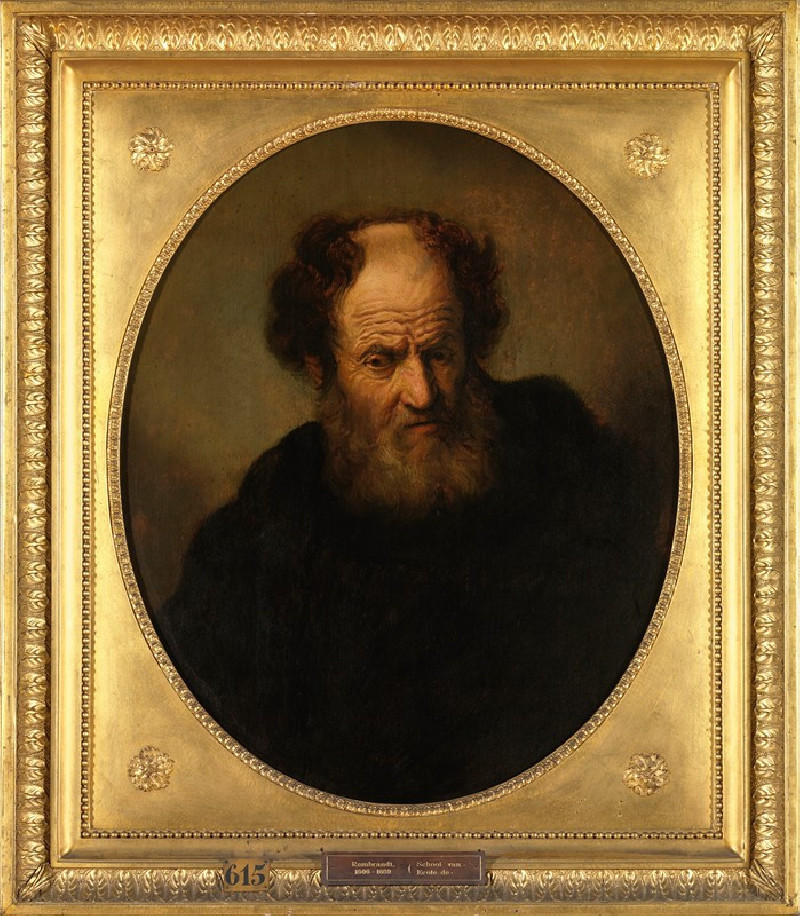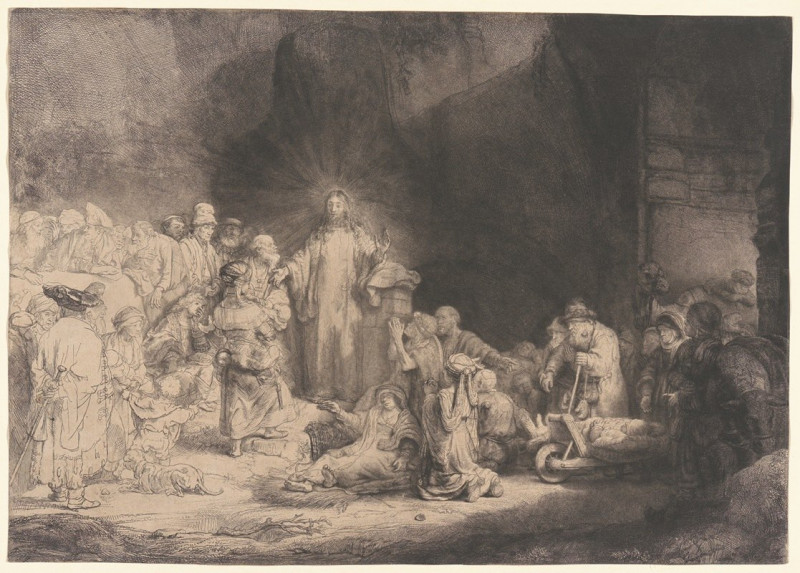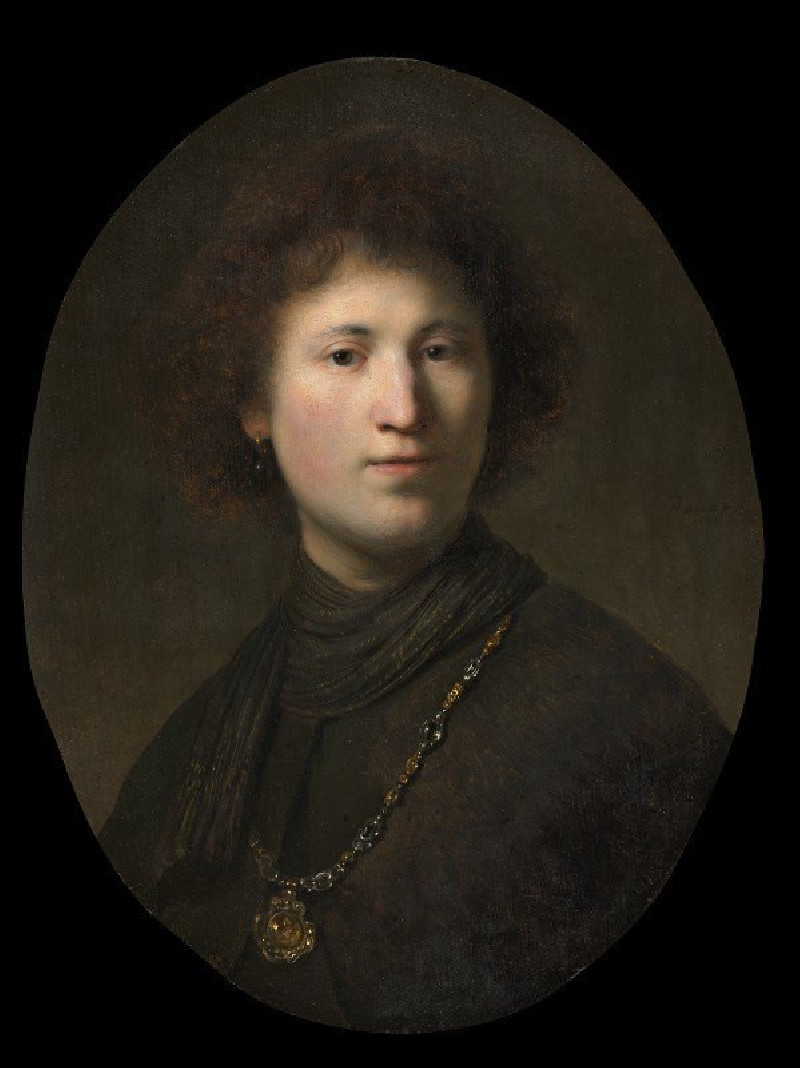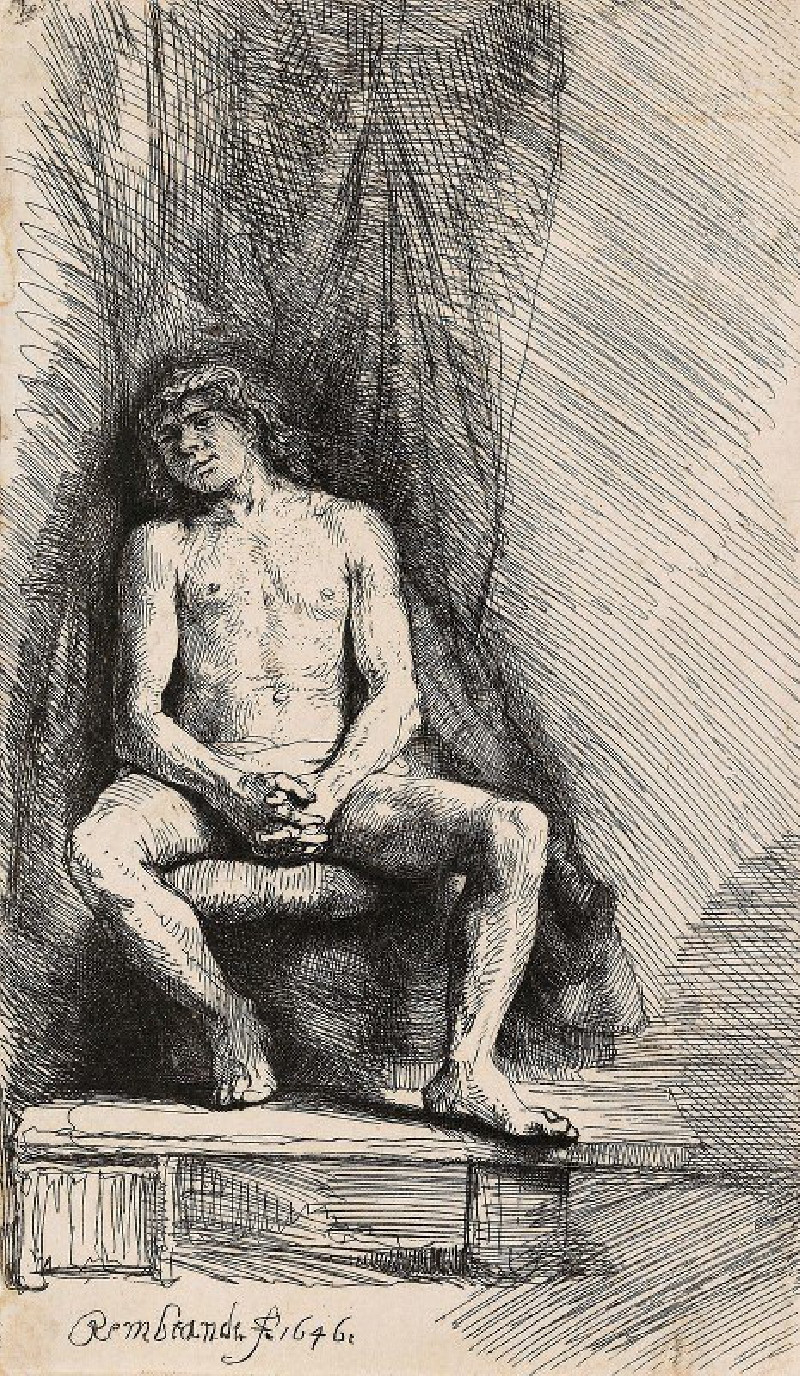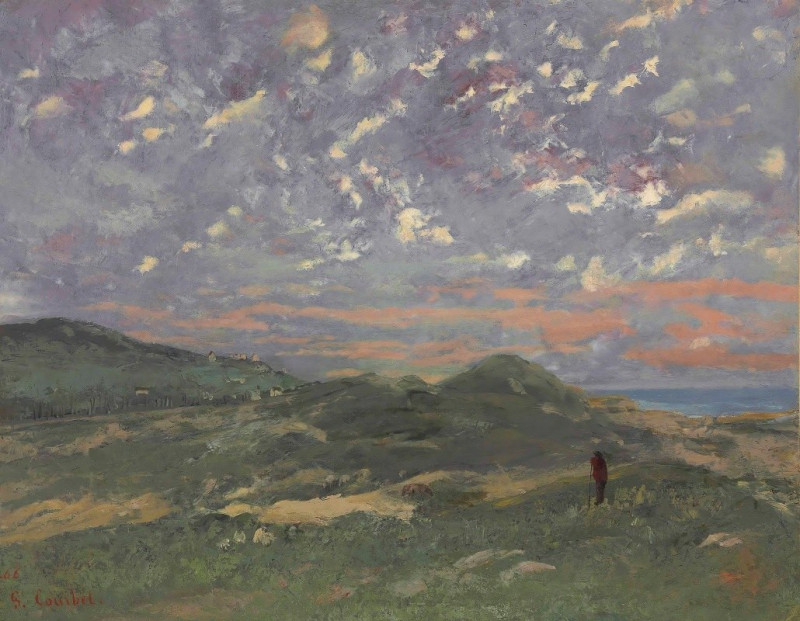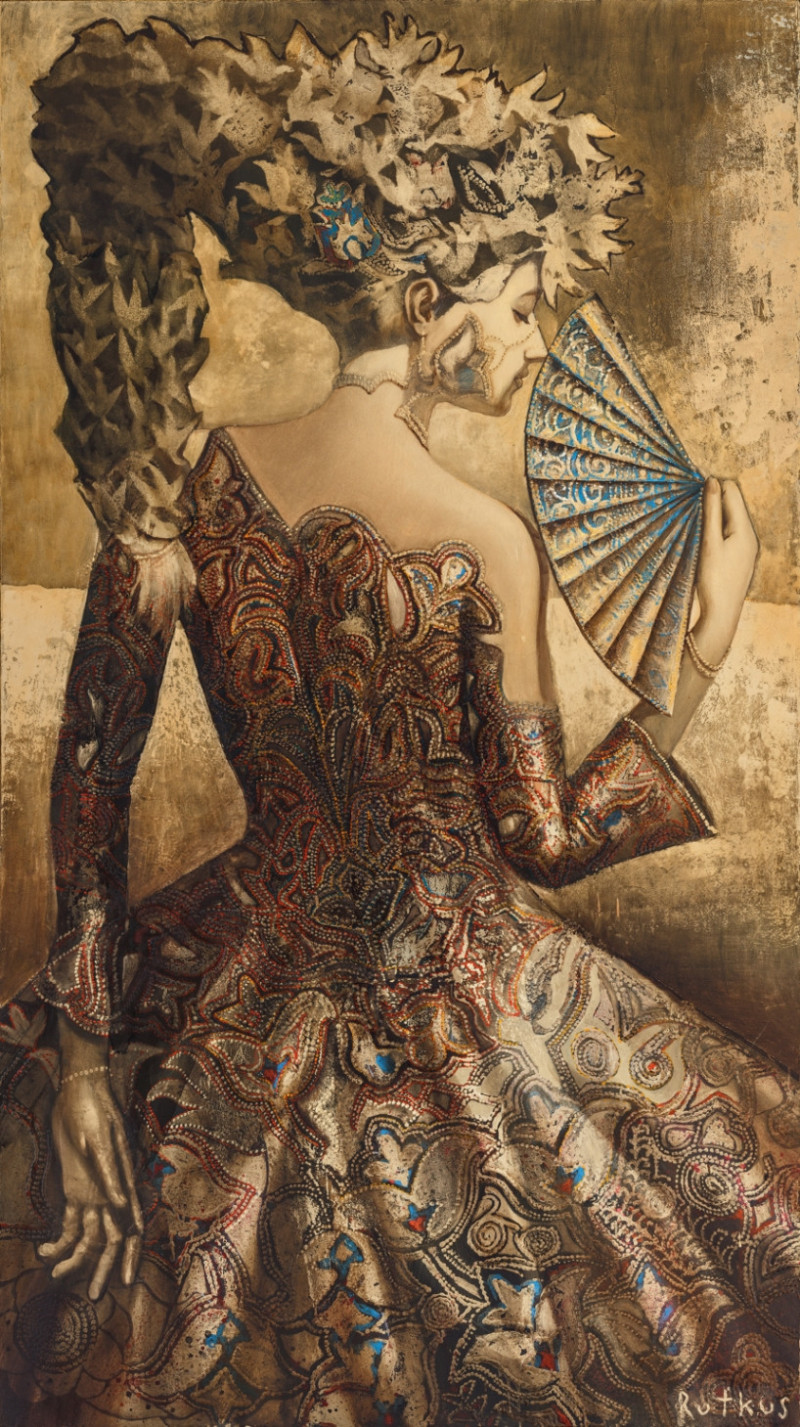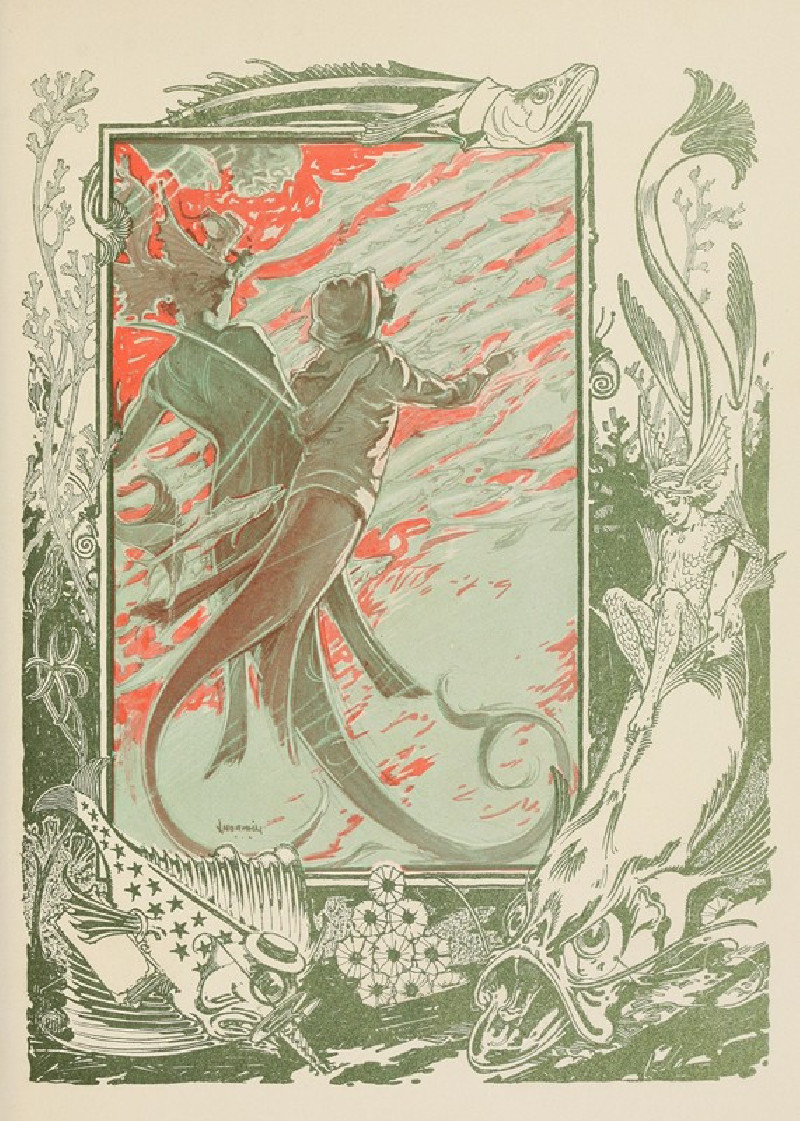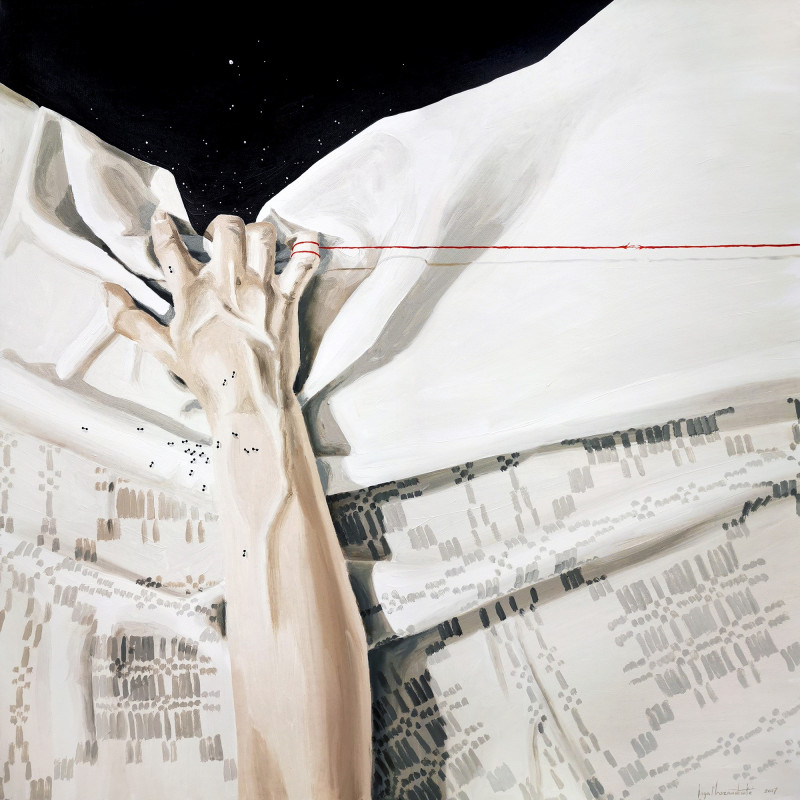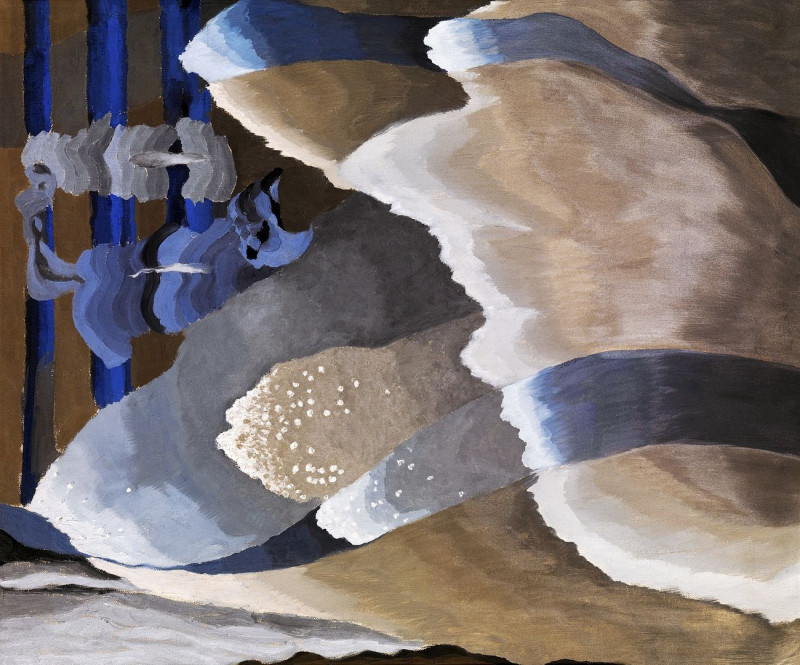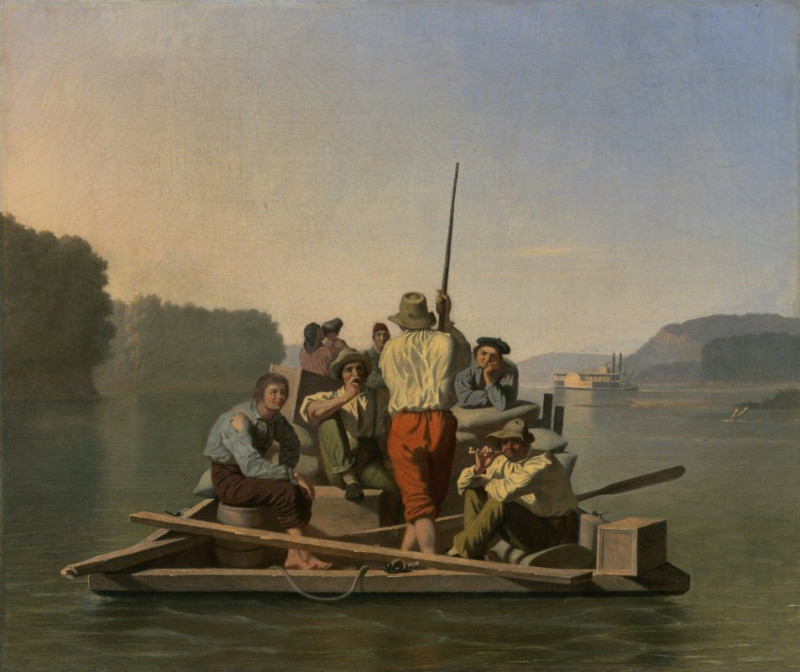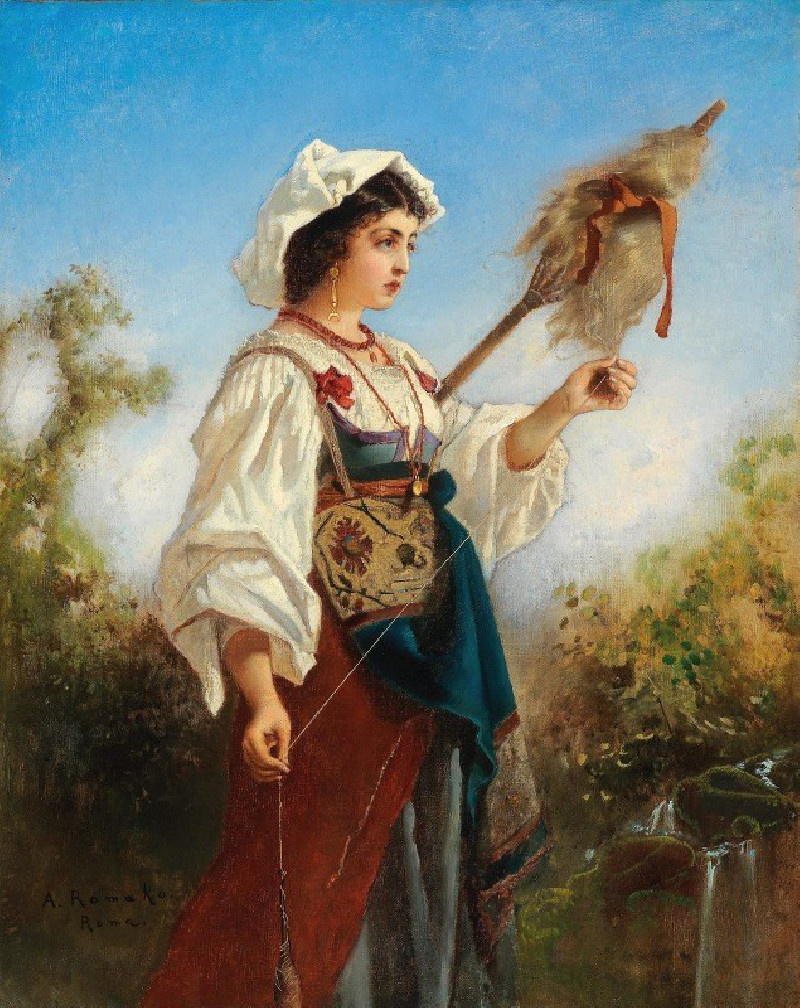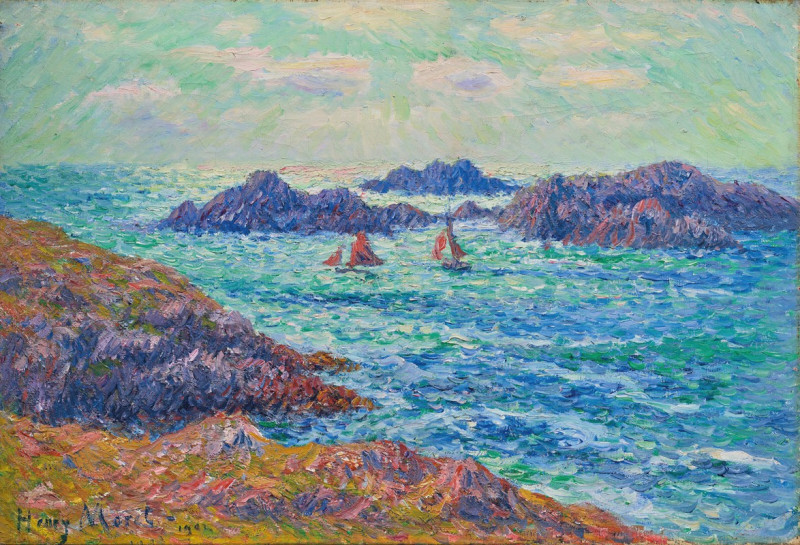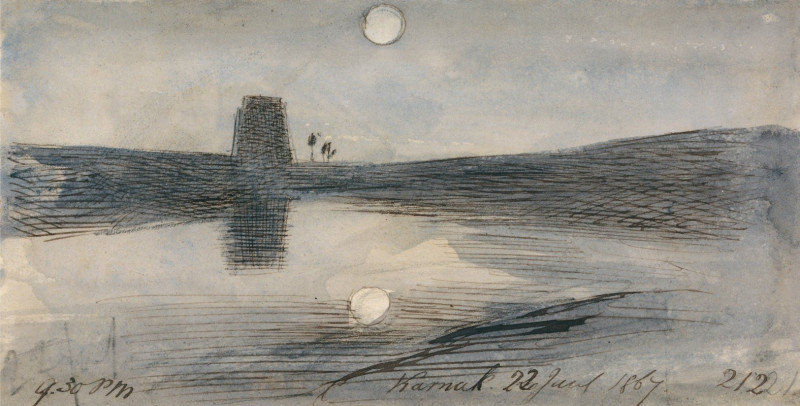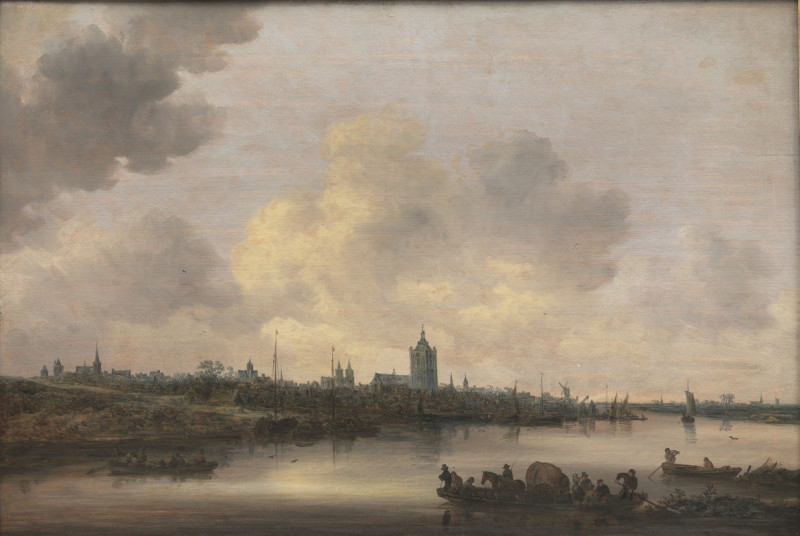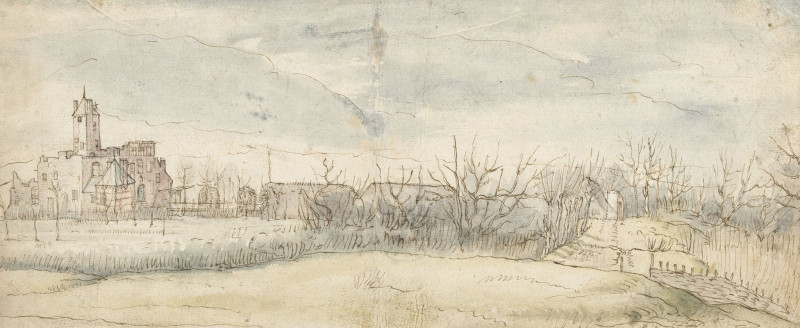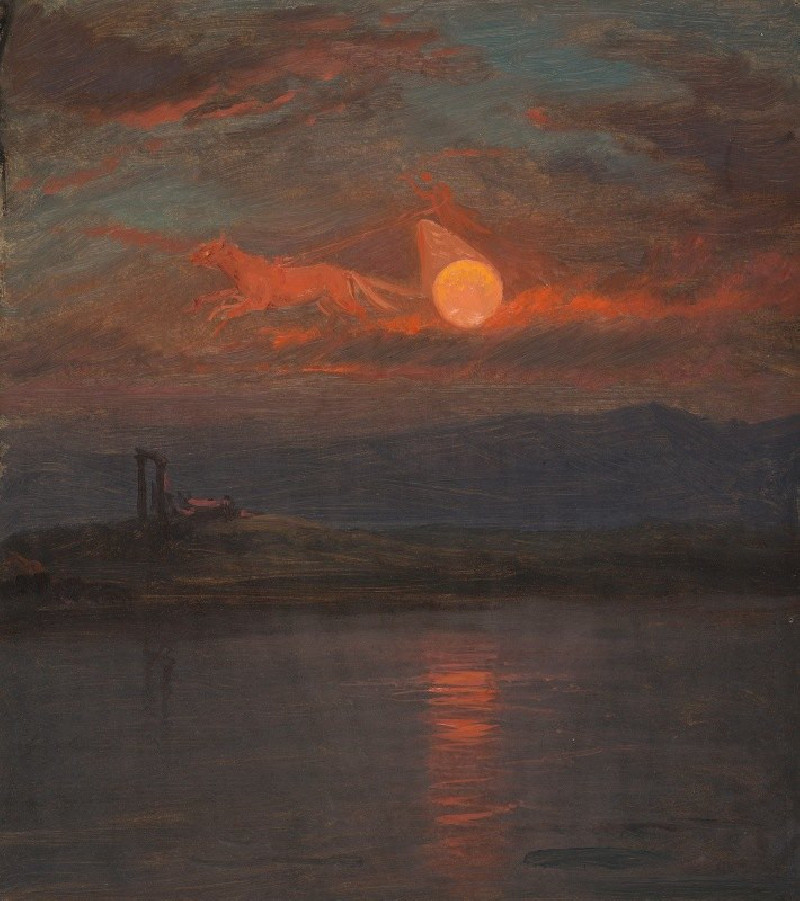Portrait of a Clergyman (1637)
Technique: Giclée quality print
Recommended by our customers
More about this artwork
"Portrait of a Clergyman" (1637) by Rembrandt van Rijn is a compelling study in character and religious solemnity. This painting, executed during Rembrandt’s middle period, showcases his mastery in capturing human emotion and the rich textures of fabric through his use of light and shadow.The work depicts an elderly clergyman, seated and dressed in traditional 17th-century clerical attire which includes a dark robe and a white ruff, elements that suggest dignity and spirituality. His pose, with one hand delicately positioned over his chest, provides a subtle but powerful expression of introspection or piety, perhaps indicating the cleric's devout nature.Rembrandt's technique of using chiaroscuro (the contrast between light and dark) is evident here, emphasizing the volume of the clergyman's face and hands, and adding a dramatic, almost three-dimensional quality to the painting. The somber, earthy tones used throughout the painting reflect both the period of the work and the serious nature of the subject.The background, understated and shadowy, directs the viewer’s attention immediately to the figure of the clergyman, his contemplative gaze hinting at a lifetime of spiritual devotion.
Delivery
Returns
Rembrandt Harmenszoon van Rijn was a Dutch draughtsman, painter, and printmaker. An innovative and prolific master in three media, he is generally considered one of the greatest visual artists in the history of art and the most important in Dutch art history. Unlike most Dutch masters of the 17th century, Rembrandt's works depict a wide range of style and subject matter, from portraits and self-portraits to landscapes, genre scenes, allegorical and historical scenes, and biblical and mythological themes as well as animal studies.

